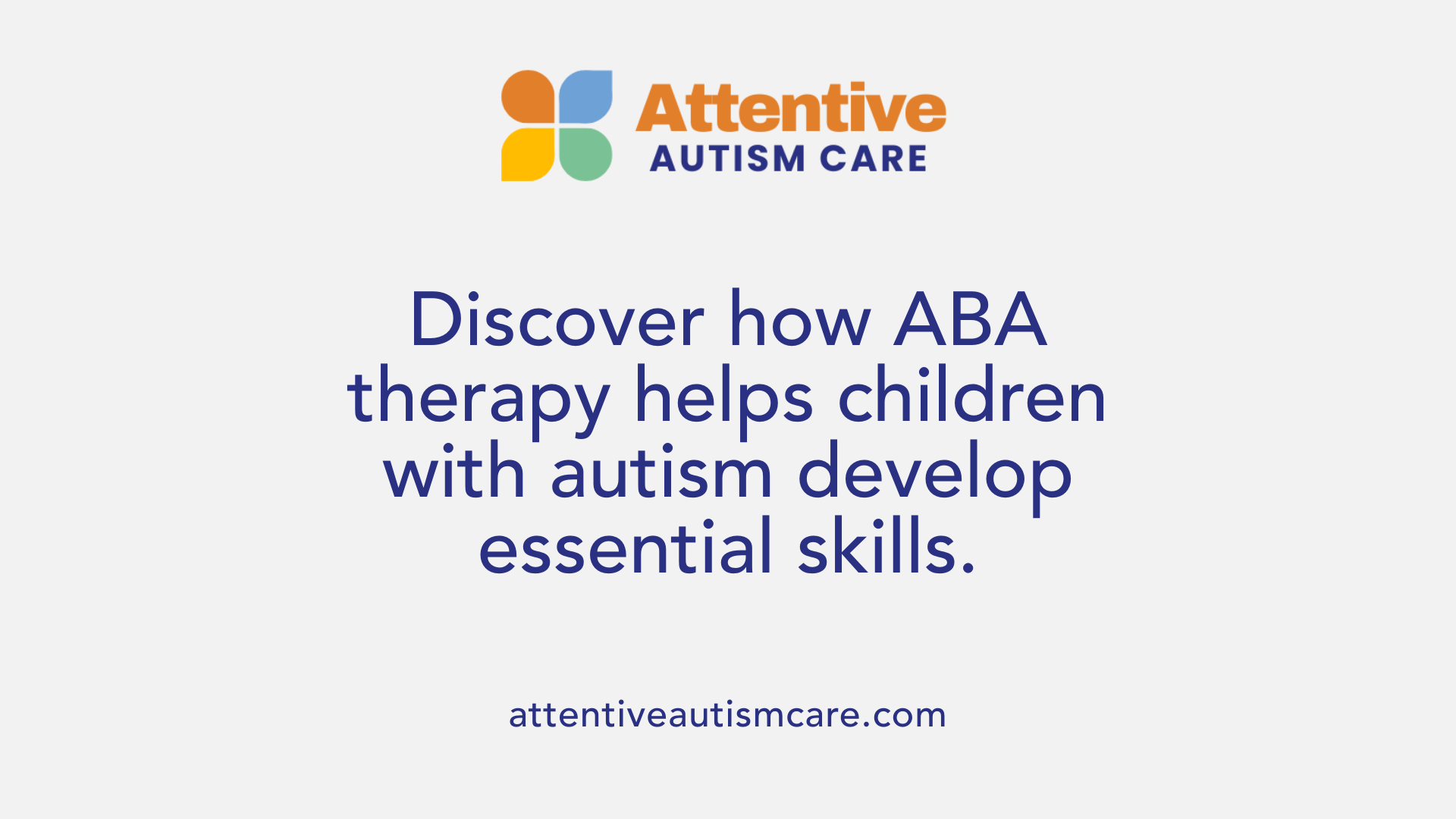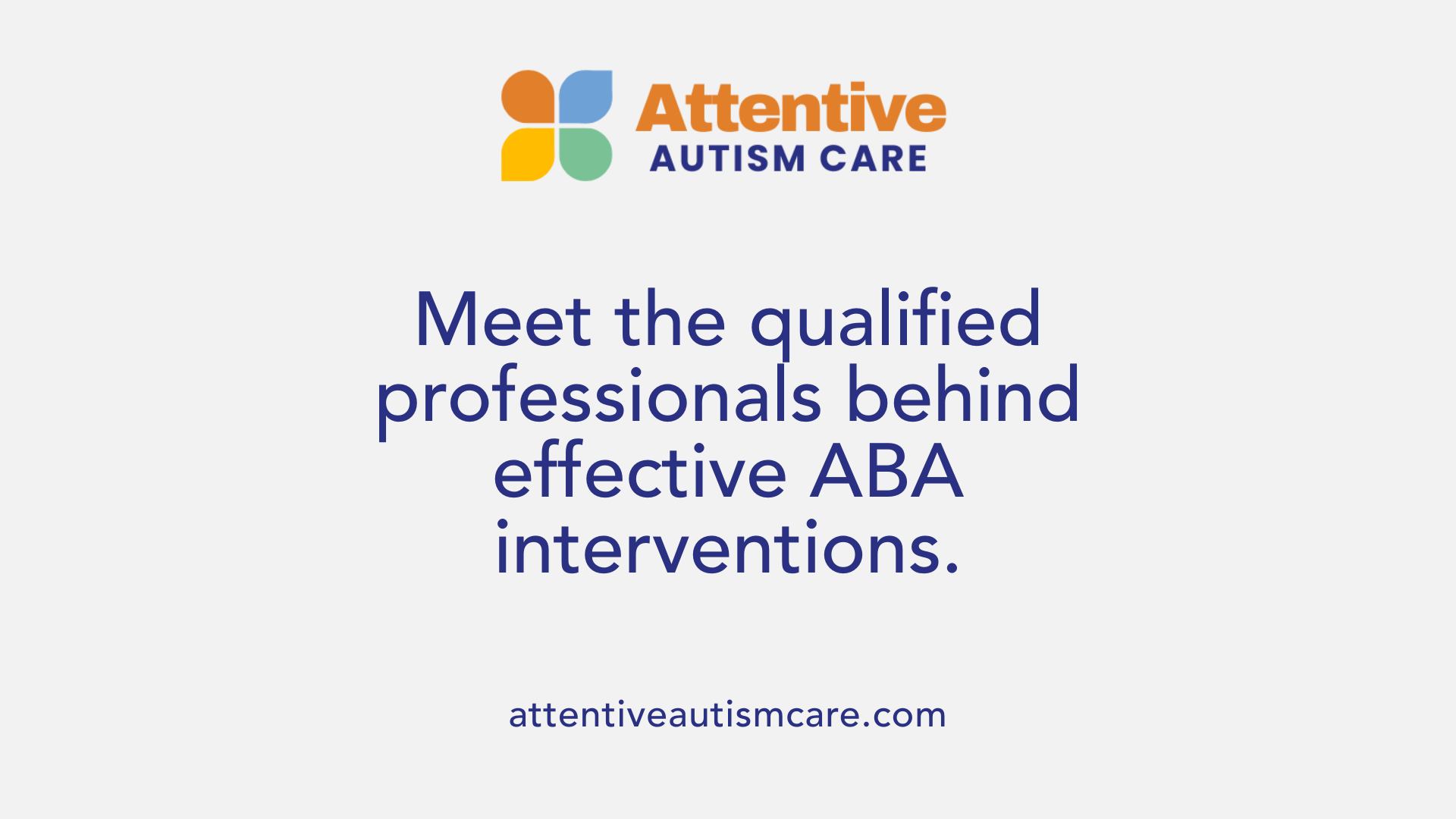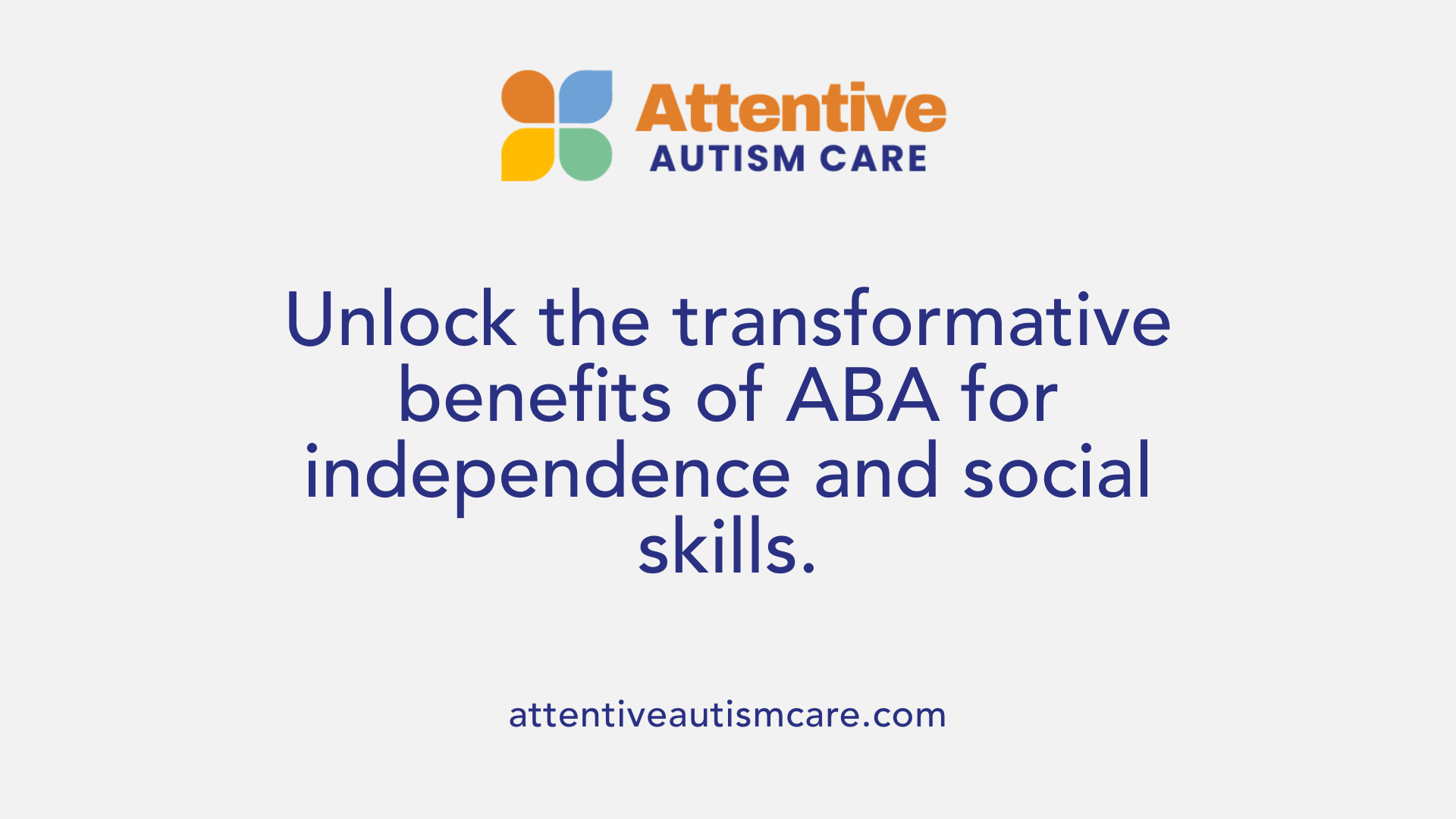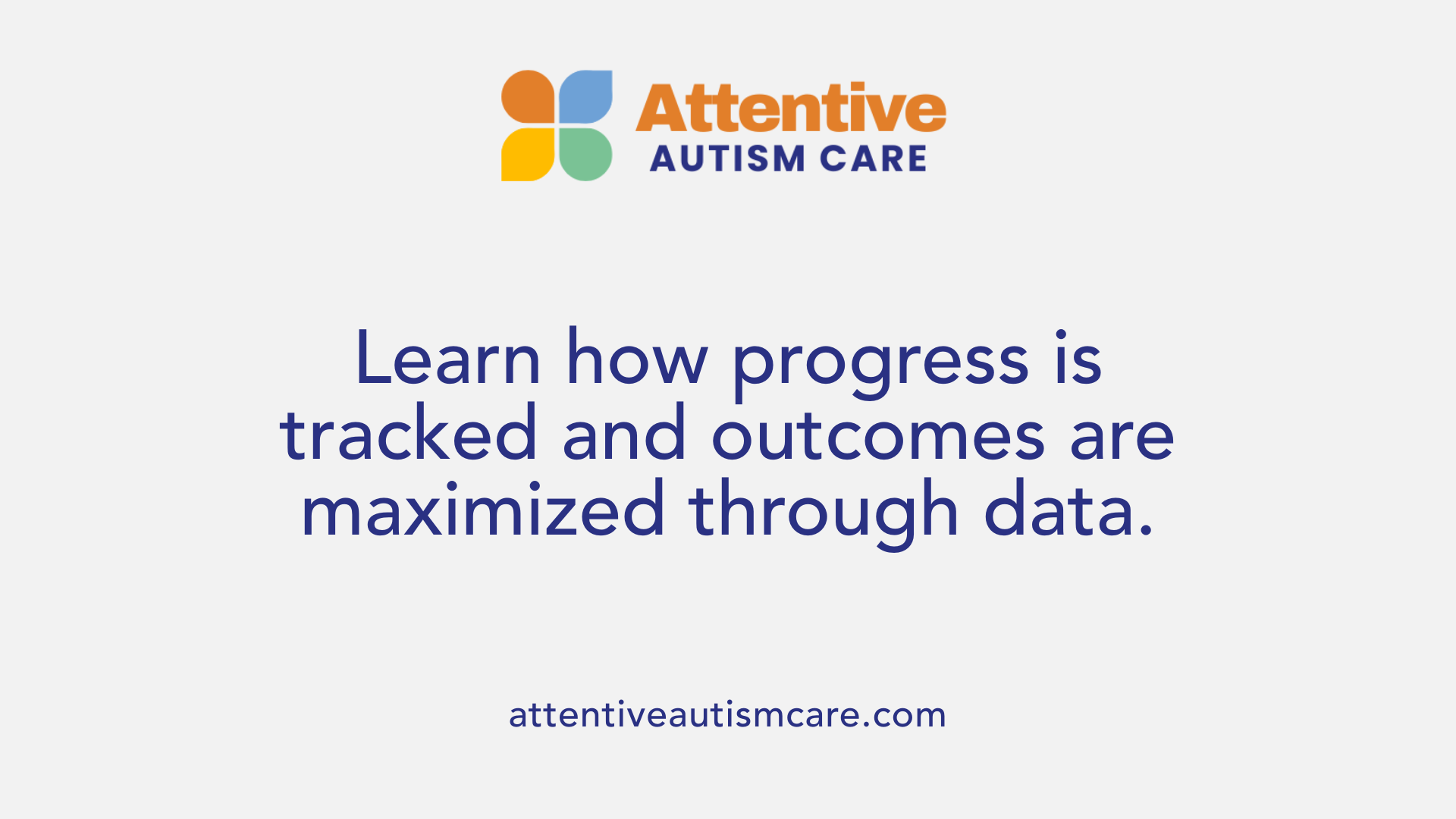The Link Between Autism and ADHD: What You Should Know
Understanding the Complex Overlap Between Autism and ADHD

Why Exploring Autism and ADHD Together Matters
Autism Spectrum Disorder (ASD) and Attention Deficit Hyperactivity Disorder (ADHD) are both neurodevelopmental conditions that often coexist, creating unique challenges and treatment pathways for affected individuals. With research demonstrating significant overlap in diagnosis, symptoms, and neurobiology, understanding their link is crucial for early and accurate diagnosis, effective intervention, and improving quality of life. This article explores the relationship between autism and ADHD, shedding light on their co-occurrence, behavioral profiles, and implications for treatment.
Key Facts on Co-Occurrence and Treatment of Autism and ADHD
- Approximately 33% of children with ADHD also have autism, and 10% of children with autism also have ADHD, with a 39% co-occurrence rate from meta-analyses.
- The dual diagnosis of autism and ADHD was officially recognized in DSM-5 (2013), allowing concurrent diagnoses.
- Diagnosing ADHD in children with autism is challenging due to symptom overlap, but comprehensive evaluations improve accuracy.
- Studies from UC Davis's CHARGE and ReCHARGE programs enhance understanding of diagnosis and development of co-occurring autism and ADHD.
- Early childhood autism diagnosis predicts later ADHD diagnosis, especially inattentive subtype, highlighting the need for ongoing evaluation.
- ADHD subtypes in children with autism include Inattentive, Hyperactive, and Combined, each with distinct behavioral traits.
- Shared neurobiological features between autism and ADHD include brain volume reductions and white matter abnormalities.
- Behavioral traits in co-occurring autism and ADHD overlap, such as attention issues, impulsivity, and social difficulties, but also display distinct contrasting behaviors.
- Effective treatment combines behavioral interventions like ABA and tailored medication plans, with multidisciplinary approaches to address complex symptoms.
- ABA therapy, provided mainly by Board Certified Behavior Analysts (BCBAs) and trained therapists, improves communication, social skills, and reduces problem behaviors, enhancing independence and quality of life.
1. High Prevalence and Diagnostic Evolution of Co-Occurring Autism and ADHD
How Common is the Co-Occurrence of Autism and ADHD?
Autism spectrum disorder (ASD) and attention-deficit/hyperactivity disorder (ADHD) frequently co-occur in children. Research indicates that among children with ADHD, about 33% also have autism. Conversely, among children diagnosed with autism, approximately 10% also have ADHD. A comprehensive meta-analysis compiling data from over 50 studies found an even higher co-occurrence rate, with 39% of individuals with autism also diagnosed with ADHD. This significant overlap highlights a complex neurodevelopmental relationship between the two conditions.
When Was Dual Diagnosis Officially Recognized?
Until 2013, a formal dual diagnosis of autism and ADHD was not officially recognized. The Diagnostic and Statistical Manual of Mental Disorders (DSM-5), published that year, allowed clinicians to diagnose both conditions concurrently. This change acknowledged the frequent comorbidity and opened doors for improved identification and treatment strategies that address the unique needs of children facing both disorders.
What Are the Challenges of Accurate Diagnosis?
Diagnosing ADHD in children with autism can be complex because symptoms often overlap or mask one another. Neuropsychological tests have limitations in distinguishing ASD and ADHD precisely. However, thorough evaluation using methods such as parental interviews, rating scales, and behavioral observations improves diagnostic accuracy. Early and correct identification is essential since treatment approaches for autism and ADHD differ, and interventions must be tailored accordingly.
What Research Provides Insights into Diagnosis?
Large-scale studies conducted by the UC Davis MIND Institute, notably the CHARGE and ReCHARGE studies, shed light on the diagnosis and development of co-occurring autism and ADHD. These research initiatives combine genetics and environmental assessments from early childhood through adolescence. They utilize systematic diagnostic methods including detailed parental interviews, standardized rating scales, and direct behavioral observation to identify ADHD and its subtypes within children diagnosed with autism.
How Does Early Diagnosis of Autism Predict ADHD?
Findings reveal that a diagnosis of autism during early childhood is a strong predictor for later diagnosis of ADHD. Interestingly, many children initially suspected to have autism are later found not to meet autism criteria, but instead are diagnosed with ADHD, particularly the inattentive subtype, as they mature. This progression demonstrates the importance of ongoing evaluation to capture evolving neurodevelopmental profiles.
What Are the Subtypes of ADHD in Children with Autism?
ADHD is categorized into three subtypes, each with distinct behavioral characteristics:
| Subtype | Characteristics | Implications for Children with Autism |
|---|---|---|
| Inattentive | Difficulty sustaining attention, easily distracted | Common in children initially mistaken for autism, may lead to missed diagnosis |
| Hyperactive | Excessive motor activity, impulsivity | Can exacerbate social challenges in ASD |
| Combined | Features of both inattentive and hyperactive types | Often linked with more severe symptoms and complex treatment needs |
Recognizing these subtypes helps in formulating precise interventions tailored for children with both autism and ADHD.
Why Is Understanding Prevalence and Diagnostic Criteria Important?
Due to the high co-occurrence rates, early and accurate diagnosis is necessary to deliver effective treatment. Timely recognition of both autism and ADHD can improve social, academic, and behavioral outcomes by enabling more targeted interventions that address the diverse symptoms and challenges experienced by affected children.
2. Behavioral and Neurobiological Intersections of Autism and ADHD: Treatment Considerations
What are the shared neurobiological features between autism and ADHD?
Autism spectrum disorder (ASD) and attention-deficit/hyperactivity disorder (ADHD) share several neurobiological characteristics. Neuroimaging studies reveal overlapping patterns, such as reductions in subcortical brain structures—including the putamen, amygdala, and nucleus accumbens—as well as white matter abnormalities. These shared brain differences may underlie similarities in behavior and neuropsychological deficits observed in children with both conditions.
How do behavioral traits overlap and contrast in individuals with both disorders?
Both ASD and ADHD impact attention, focus, impulsivity, social communication, and executive functioning skills. However, their behavioral profiles often contrast: autism tends to involve a preference for routines and heightened sensory sensitivity, whereas ADHD is characterized by distractibility and a drive to seek stimulation. When co-occurring, these opposing traits can create unique challenges, combining aspects like repetitive behaviors and impulsiveness.
What are the challenges in managing co-occurring symptoms?
Managing ASD and ADHD together is complicated by overlapping symptoms and the need to address each condition’s distinct features. Children with both disorders often show more severe social interaction difficulties. Additionally, pharmacological treatments typically effective for ADHD may be less so when ASD is present. Similarly, neuropsychological testing can struggle to clearly differentiate behaviors, necessitating specialized assessments to form accurate diagnoses.
Which behavioral interventions and pharmacological treatments are used?
Behavioral therapies and medications each play a role. Psychosocial interventions recommended include parent training, social skills training, and cognitive-behavioral therapy (CBT) for associated anxiety or depression. Pharmacologically, stimulant medications are common for treating ADHD symptoms; however, their effectiveness can be reduced in children with ASD, underscoring the need for tailored plans. Untreated ADHD symptoms pose risks including injuries, academic challenges, and mental health issues, making early intervention essential.
How does Applied Behavior Analysis (ABA) and other tailored therapies help?
ABA is a prominent behavioral treatment for managing symptoms in both ASD and ADHD. It applies reinforcement principles to promote positive behaviors and reduce challenges. Techniques like differential reinforcement, discrete trial training, and self-management are common. ABA therapists, often certified as BCBAs, use comprehensive behavior assessments to develop customized intervention plans targeting each child's needs. ABA combined with medication has shown improved outcomes by addressing both chemical imbalances and behavioral engagement. Other therapies—such as speech and language therapy, occupational therapy, and developmental models like the Early Start Denver Model (ESDM)—support communication, daily living skills, and social interaction.
Why is an individualized, multidisciplinary treatment plan important?
Because ASD and ADHD co-occurrence presents diverse and complex challenges, treatment must be individualized. A multidisciplinary approach involving behavioral specialists, medical providers, educators, and families enhances effectiveness by addressing each child's unique profile. Such collaborative plans adjust to the severity of symptoms and integrate behavioral, pharmacological, educational, and psychological strategies. Early, precise diagnoses improve outcomes by tailoring interventions that improve social skills, language, and executive functioning, ultimately enhancing quality of life.
| Aspect | Autism Spectrum Disorder (ASD) | ADHD | Co-occurring ASD and ADHD |
|---|---|---|---|
| Neurobiology | Reduced subcortical volumes, white matter changes | Overlapping brain volume reductions and abnormalities | Combined neurobiological features with distinct alterations |
| Behavioral Traits | Preference for routines, sensory sensitivities | Distractibility, hyperactivity, impulsivity | A mixture of opposing and overlapping traits |
| Diagnostic Challenges | Difficulty distinguishing overlapping symptoms | Challenges in differential diagnosis | Necessitates specialized and multidimensional assessments |
| Treatment Approaches | Behavioral therapies, speech, occupational therapy | Medication (stimulants), behavioral therapy | Tailored combination of medication, ABA, psychosocial interventions |
| Outcome Focus | Social skills, communication, routine management | Impulse control, attention improvement | Enhancing overall function with personalized multidisciplinary care |
What is Applied Behavior Analysis (ABA) therapy and how is it used to support individuals with autism?

Definition and principles of ABA therapy
Applied Behavior Analysis (ABA) therapy is a scientific approach focused on understanding and improving behaviors by applying learning principles. ABA is widely used to support individuals with autism spectrum disorder (ASD) by promoting positive behaviors and reducing undesired ones through strategies such as positive reinforcement and systematic teaching.
Techniques and methods used in ABA
ABA therapy incorporates various techniques tailored to each individual. Common methods include:
- Discrete Trial Training (DTT): Breaking down skills into small, teachable components.
- Pivotal Response Treatment (PRT): Emphasizing motivation and child-initiated learning.
- Self-Management Training: Teaching individuals to monitor and regulate their own behavior.
- Differential Reinforcement: Rewarding appropriate behaviors while minimizing reinforcement for disruptive actions.
Personalization and delivery settings
Treatments are customized by Board Certified Behavior Analysts (BCBAs) following detailed functional behavior assessments that identify the purpose of each behavior. ABA may be delivered in homes, schools, clinics, and community settings, often involving 10 to 20 hours per week of structured intervention.
Outcomes and recognition in autism treatment
ABA is recognized as a gold-standard intervention due to extensive research demonstrating improvements in social skills, communication, adaptive behaviors, and reduction of challenging behaviors. Its structured, measurable approach allows progress tracking and adjustment to optimize outcomes.
Neurodiversity and ethical considerations
While ABA is effective, care is taken to respect neurodiversity and ensure interventions are compassionate and empowering rather than coercive. Modern ABA practices emphasize collaboration with individuals and families, fostering independence while honoring each person's unique strengths and preferences.
Who typically provides autism therapy services based on behavioral analysis?

Who typically provides autism therapy services based on behavioral analysis?
Applied Behavior Analysis (ABA), a widely used behavioral therapy for autism, is primarily provided by qualified professionals known as Board Certified Behavior Analysts (BCBAs). BCBAs hold specialized certification demonstrating their expertise in designing and supervising individualized treatment plans based on behavioral principles. Their role includes conducting thorough assessments such as Functional Behavior Assessments (FBAs), establishing behavioral goals, and tracking progress through data collection.
ABA therapy is often administered not only by BCBAs but also by trained behavior therapists and behavior technicians who implement the daily intervention sessions under BCBA supervision. These teams work collaboratively to ensure consistent and effective therapy delivery tailored to each child's unique needs.
Therapy can take place in various settings including clinics, homes, schools, or community environments. The choice of setting depends on the child’s preferences, family involvement, and treatment goals. A collaborative approach with families is essential as it fosters generalization of skills into everyday life and empowers caregivers with strategies to support the child.
Specialization and ongoing training are critical for providers because autism presents complex challenges that require nuanced understanding of behavioral strategies and developmental principles. Qualified professionals continually update their skills to utilize evidence-based techniques such as discrete trial training, pivotal response training, and self-management training to promote communication, social skills, and reduce problem behaviors.
In summary, autism therapy services based on behavioral analysis are typically delivered by BCBAs alongside trained therapists. Their expertise, combined with teamwork and family collaboration, ensures therapy is individualized and effective across multiple settings.
What are the key benefits of behavioral analysis therapy for individuals with autism?

Skill improvements with ABA therapy
Applied Behavior Analysis (ABA) therapy focuses on teaching new skills and improving communication, social interactions, and everyday living abilities. It targets behaviors that support language development, social engagement, and independence.
Behavioral change mechanisms
ABA uses evidence-based techniques such as differential reinforcement, discrete trial training, and self-management training. These methods help increase positive behaviors while reducing problematic or disruptive behaviors by understanding what motivates them.
Individualized programming and progress tracking
A Board Certified Behavior Analyst (BCBA) customizes each ABA program to fit the unique needs of the individual. Continuous data collection and functional behavior assessments allow precise monitoring of progress and adjustments to maximize effectiveness.
Impact on independence and quality of life
Early and intensive ABA intervention can lead to significant gains in language, social skills, and adaptive behaviors. These improvements boost independence and overall quality of life, allowing individuals with autism to better integrate into their communities and daily environments.
How is the effectiveness of behavioral analysis therapy measured in autism treatment?

Data collection and measurement in ABA
Applied Behavior Analysis (ABA) therapy measures effectiveness through systematic data collection, focusing on specific target behaviors that are clearly defined and measurable. Therapists track behaviors by their frequency, duration, or intensity to quantify changes accurately.
Tracking behavior changes over time
Progress is monitored by regularly recording these behavioral metrics, allowing for visual analysis using graphs and charts. This ongoing tracking reveals trends, such as improved communication skills or reduced disruptive behavior, providing concrete evidence of therapeutic impact.
Tools and assessments used to evaluate progress
Behavioral assessments often involve input from caregivers and professionals to ensure a comprehensive understanding. Functional Behavior Assessments (FBA) help identify the motivations behind behaviors, aiding in precise intervention. Progress is also measured through discrete trial training (DTT) success rates and mastery of replacement skills.
Adjustments to therapy based on data
Data-driven decisions enable therapists to adjust intervention plans responsively. If progress plateaus or regressions occur, behavioral strategies are refined or new goals introduced. This dynamic approach ensures that therapy remains tailored to the individual’s evolving needs, maximizing treatment outcomes.
These structured measurement and evaluation practices make ABA a highly effective and responsive method for improving the lives of individuals with autism.
What qualifications should a professional have to provide behavioral analysis therapy for autism?
Required education and certification
Professionals who provide behavioral analysis therapy for autism typically need to be Board Certified Behavior Analysts (BCBAs) or hold equivalent credentials. This certification requires completing a master’s degree in applied behavior analysis, psychology, education, or a similar field. Additionally, candidates must complete supervised fieldwork, usually ranging from 1,000 to 2,000 hours, ensuring they gain practical experience.
Experience and skills in behavioral analysis
Beyond formal education, practitioners must develop strong skills in behavioral assessment and data analysis. Designing effective and individualized intervention plans requires a deep understanding of behavior principles. Qualities such as empathy, clear communication, and flexibility are also crucial for working closely with children and families.
Continuing education and professional development
Maintaining licensure and certification demands ongoing professional development. BCBA professionals participate in continuing education to stay updated on the latest research and refinements in behavioral therapies, which is vital given the evolving understanding of autism spectrum disorder and associated conditions.
Importance of specialized autism experience
Experience specifically with individuals on the autism spectrum greatly improves the quality of therapy. Tailoring interventions to meet the unique needs of autistic children is essential for effective outcomes. Professionals well-versed in autism can better address challenges such as social communication, repetitive behaviors, and sensory sensitivities.
In summary, a qualified behavioral analyst for autism should possess advanced education and certification, practical experience with ABA methodologies, ongoing professional development, and a specialized background in autism interventions. This combination ensures the delivery of evidence-based, personalized care.
Navigating Autism and ADHD Together: Toward Better Outcomes
The intricate link between autism and ADHD underscores the necessity of comprehensive and nuanced approaches to diagnosis and intervention. Recognizing their frequent co-occurrence and overlapping neurobiological and behavioral traits enables clinicians and families to tailor treatment plans that address the full spectrum of each child's needs. Through early and accurate diagnosis, informed by robust research and careful behavioral assessment, interventions such as Applied Behavior Analysis alongside appropriate pharmacological and psychosocial therapies can be optimized. This integrated perspective ultimately aims to enhance development, foster independence, and improve quality of life for those navigating the complexities of coexisting autism and ADHD.
References
- Autism, ADHD or both? Research offers new insights for ...
- When Autism and ADHD Occur Together
- Attention-deficit Hyperactivity Disorder and Autism ...
- ABA Therapy for ADHD Treatment | Manhattan Psychology
- Treatment and Intervention for Autism Spectrum Disorder
- Applied Behavior Analysis (ABA)
- How to Become an ABA Therapist - School of Education
- How to Become an Applied Behavior Analyst (ABA) Therapist
- Applied Behavior Analysis (ABA)



































































































